Mustering Ulster's famous physicists to hail their historic appliance of science
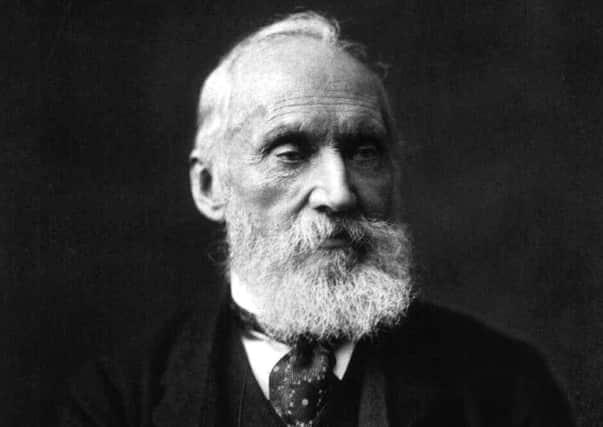

The eminent scientist, cosmologist, champion of the disabled, author and mathematician was described by scientist and broadcaster Professor Brian Cox as “…one of the greats. There are many good theoretical physicists who make a big contribution,” added Professor Cox “but there aren’t that many greats”.
As a student I often strolled past Lord Kelvin’s statue in Botanic Gardens on my way to lectures at QUB and I’d been told that the Belfast born mathematician and physicist had famously created Britain’s first physics laboratory in Glasgow and was the first ever British scientist to be elevated to the House of Lords
Advertisement
Hide AdAdvertisement
Hide AdApart from that, I know nothing whatsoever about physics or physicists, having hopelessly failed the subject in my O Levels.
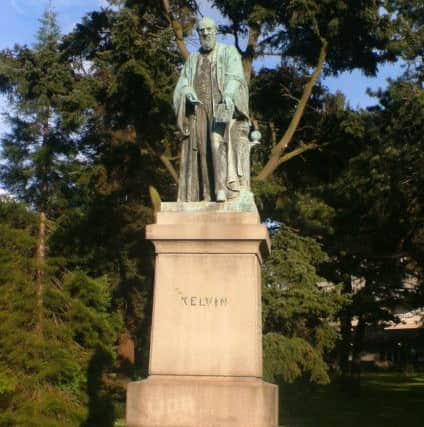

So Stephen Hawking’s universe-shattering theories and astronomical discoveries are a bit beyond me!
But as the world grieves his death and hails his spectacular array of academic accolades more than a few references have been made to folk from Northern Ireland who have made an enormous contribution to physics.
Far be it from Roamer to review the life and work of Sir William Thomson (Lord Kelvin), who was born on June 26th 1824 in Belfast, but aside from his work on transatlantic telegraph cables, marine compasses and the absolute zero of temperature, his elder brother Professor James Thomson was an engineer and physicist whose reputation was substantial, if overshadowed a little by William’s international genius.
Advertisement
Hide AdAdvertisement
Hide AdWhilst in his early 30s in 1855 James was appointed professor of civil engineering at Queen’s University Belfast, where he remained till he became Professor of Civil Engineering and Mechanics at the University of Glasgow in 1873.
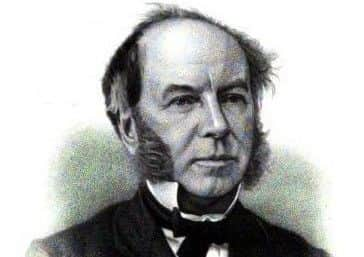

Putting his immense knowledge of physics to practical purposes, he became an expert in water transport and served as President of the Institution of Engineers and Shipbuilders in Scotland from 1884 to 1886.
Professor Thomson was also well-known for his work on water wheels, water pumps and turbines and for his unique understanding of glaciers.
In the field of thermodynamics he greatly extended the understanding of the liquid and gaseous states of matter and fluid dynamics of rivers.
Advertisement
Hide AdAdvertisement
Hide AdProfessor Thomson died of cholera in Glasgow on May 8th 1892.
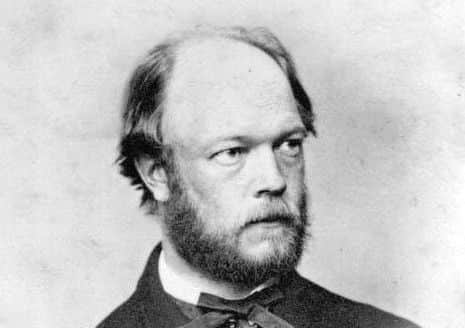

One of his colleagues working on the liquefaction of gases was Belfast-born Thomas Andrews, not of Titanic fame but a chemist and physicist who was Professor of chemistry at Queen’s University of Belfast from 1845 to 1879.
With the UK’s current shortage of carbon dioxide making the news, it’s interesting to note that Professor Andrews showed that carbon dioxide can be carried from any of the states we usually call liquid to any of those we usually call gas, without losing homogeneity.
Another of Thomas Andrews’ important investigations, into ozone, was undertaken in collaboration with Peter Guthrie Tait, an acclaimed Scottish mathematical physicist who was Professor of mathematics at Queen’s College (later University) Belfast in the mid-1850s.
Advertisement
Hide AdAdvertisement
Hide AdTait and Andrews researched the density of ozone and the action of electric discharges on oxygen and other gases, all with significant consequences for science.
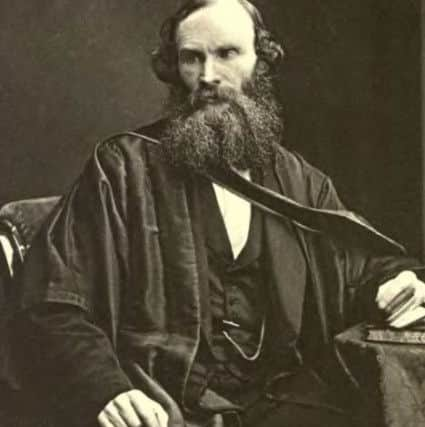

Tait spent most of his brilliant and productive academic life as Professor of natural philosophy at Edinburgh University, where he often collaborated with Lord Kelvin.
There are many other eminent physicists who hailed from Northern Ireland.
Sir David Robert Bates, an acclaimed theoretical physicist and mathematician, was successively Professor of Applied Mathematics (1951-68) and of Theoretical Physics (1968-74) at Queen’s University, Belfast.
Advertisement
Hide AdAdvertisement
Hide AdBorn in Omagh in 1916 David was educated at the Royal Belfast Academical Institution and Queen’s University, where in 1937 he obtained First Class honours in mathematical and experimental physics.
David’s academic career and unique service to science was as meteoric as it was varied.
His early work on the chemistry of the upper atmosphere forms the foundation for the present international study of the depletion of the ozone layer and the effects of carbon dioxide on global warming.
David served in the Admiralty Research Laboratory 1939-41, and the Mine Design Department 1941-45 where he has been described as an “unsung hero of war”.
Advertisement
Hide AdAdvertisement
Hide AdHe was Lecturer in Mathematics, University College, London 1945-50 and Reader in Physics 1951; Consultant, US Naval Ordnance Station, Inyokern, California 1951; Professor of Applied Mathematics, Queen’s University, Belfast 1951-68, Professor of Theoretical Physics 1968-74, Research Professor 1976-82 (Emeritus) and Visiting Scholar in Atmospheric Sciences, Harvard University 1982-83.
Professor Bates also took a keen interest in local politics and in 1971 became a founder member and vice-president of the Alliance Party.
He died in Belfast on January 5th 1994.
There’ll be more local physicists recounted here soon, including Magheragall’s Sir Joseph Larmor, who predicted in 1897 what became known as ‘the Larmor precession’ – the wobbling motion of the orbital plane of an electron moving in an atom when subjected to a magnetic field.
Sir Joseph will be accompanied on this page in the near future by former Methodist College boarder and Nobel Prize winner for physics Ernest Walton – the man who first split the atom – and by Belfast-born John Stewart Bell, regarded as one of the 20th century’s greatest physicists and sometimes known as “the man who proved that Einstein was wrong”!